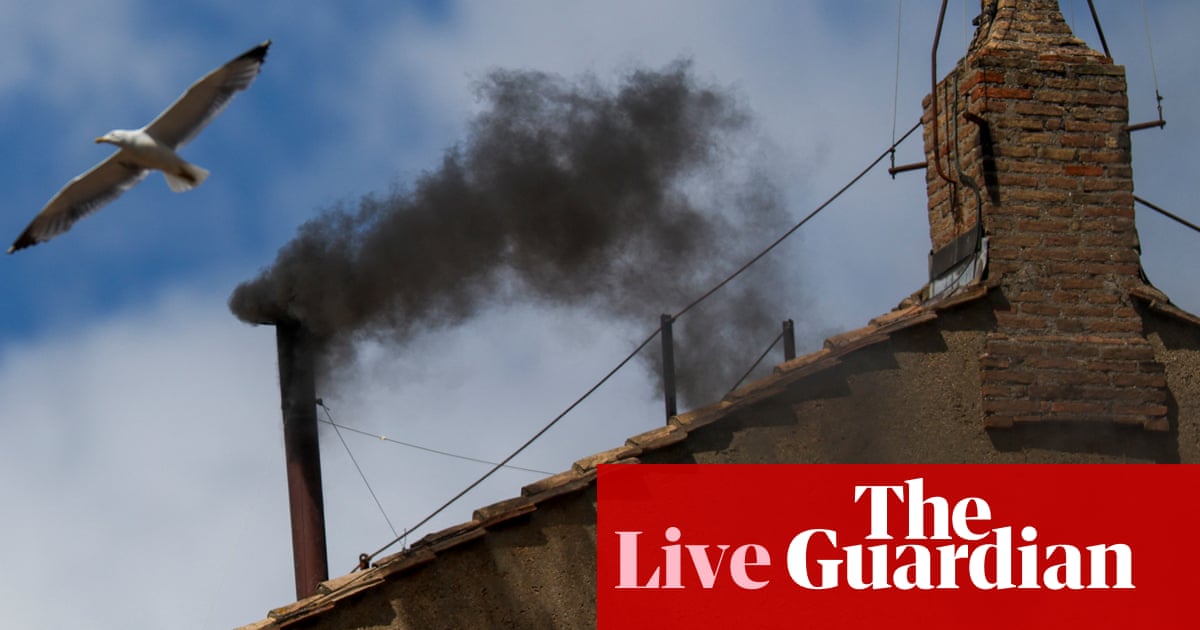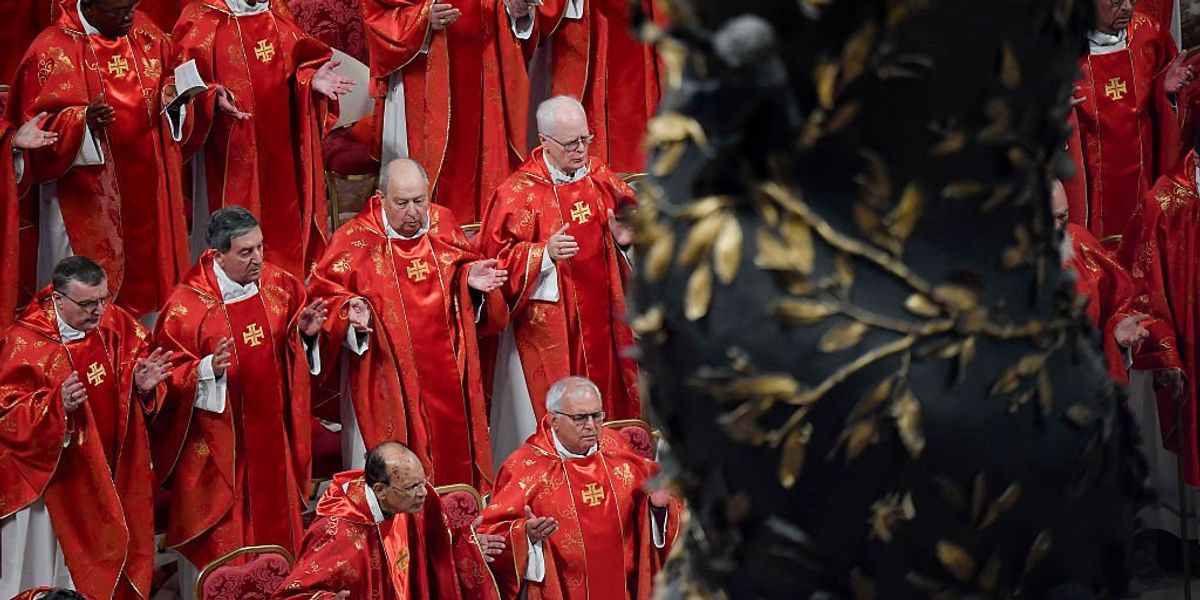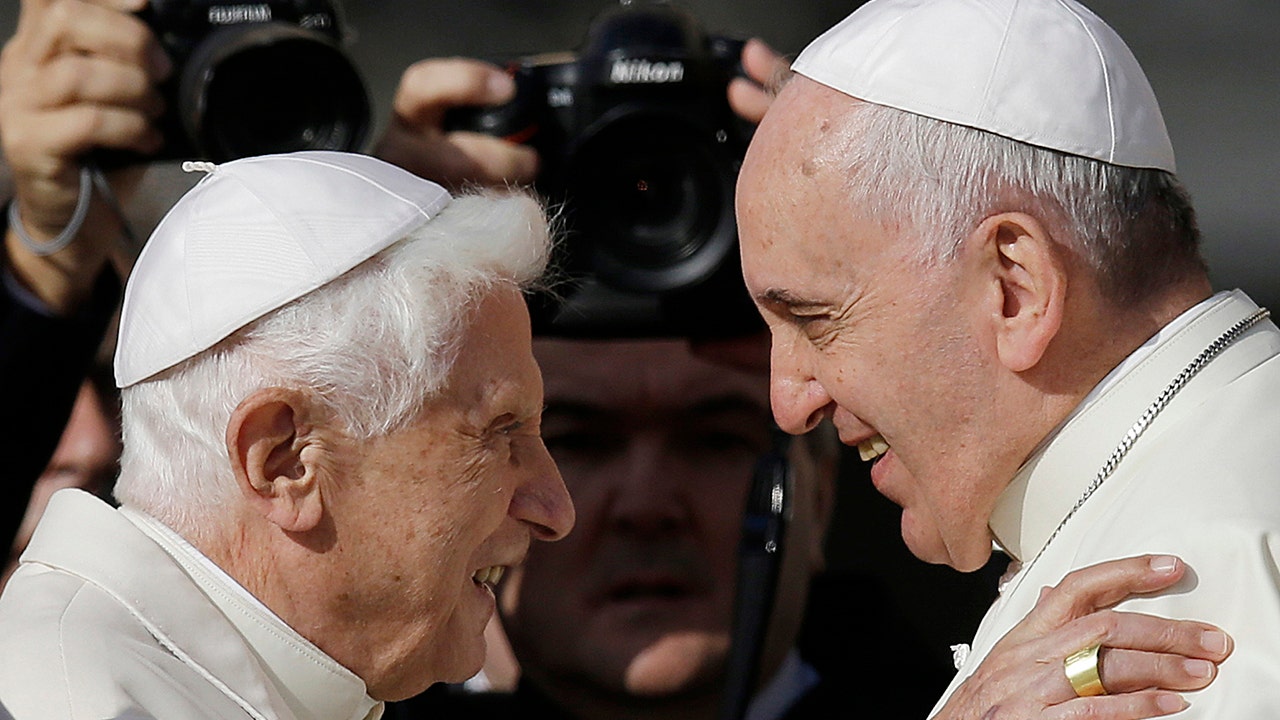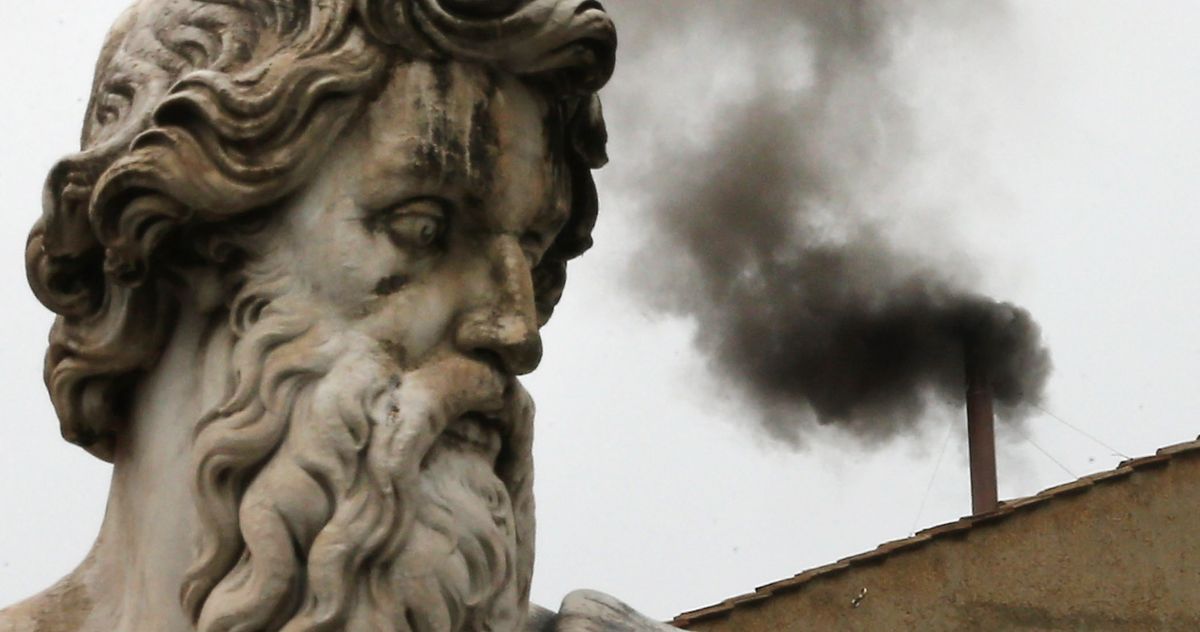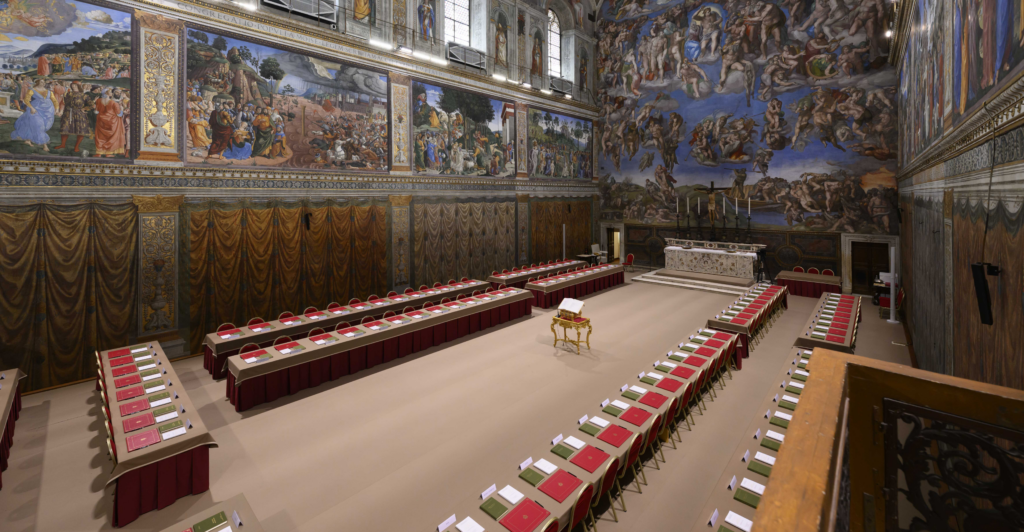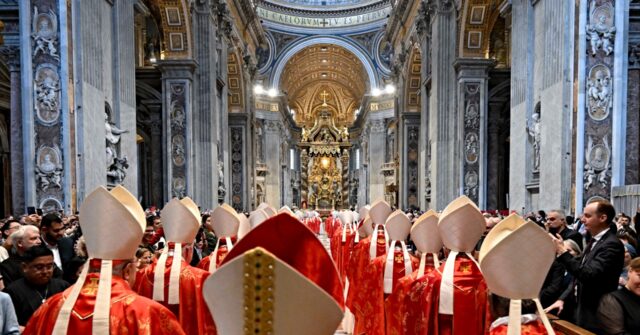Papal Conclave Enters Third Voting Day Without New Pope
Black smoke signals continued deadlock as cardinals cast more ballots for a successor to Pope Francis following his death on April 21.
Subscribe to unlock this story
We really don't like cutting you off, but you've reached your monthly limit. At just $5/month, subscriptions are how we keep this project going. Start your free 7-day trial today!
Get StartedHave an account? Sign in
Overview
The papal conclave, initiated after Pope Francis' death, saw black smoke rise after the second and third ballots, marking a second day without a consensus. On Thursday, May 8, the 133 voting cardinals failed again to elect a new pope, requiring 89 votes for a two-thirds majority. The cardinals are sequestered from the outside world, conducting up to four ballots daily until a decision is made. The conclave has attracted thousands of spectators in St. Peter’s Square, highlighting the urgency and anticipation surrounding the election of the next head of the 1.4 billion-member Catholic Church.
Report issue

Read both sides in 5 minutes each day
Analysis
Analysis unavailable for this viewpoint.
Articles (35)
Center (14)
FAQ
A two-thirds majority is required for the election of a new pope to ensure a broad consensus among the College of Cardinals and prevent domination by a single faction. In this conclave, with 133 cardinals voting, two-thirds equals 89 votes (rounded up from 88.66), as stipulated in the rules governing papal elections.
It is common for conclaves to require multiple rounds of voting over several days, especially when the cardinals are deeply divided or when there is no clear consensus candidate. Black smoke signaling no election on the first or second day is not unusual in modern papal history.
Cardinals are likely grappling with ideological differences—between liberal and conservative factions—issues of church governance, and the need for a leader who can address global challenges such as social justice, interfaith dialogue, and the ongoing reform within the Catholic Church following Pope Francis’s papacy.
Black smoke emerging from the Sistine Chapel chimney indicates that the cardinals have voted but failed to elect a new pope, signaling a lack of two-thirds majority consensus to the public.
St. Peter’s Square has drawn thousands of spectators eager to witness the outcome, reflecting the global anticipation and the urgency surrounding the election of the next leader of the 1.4 billion-member Catholic Church.
History
- 6M

 4 articles
4 articles
- 6M

 4 articles
4 articles
- 6M

 3 articles
3 articles
- 6M

 3 articles
3 articles
- 6M

 5 articles
5 articles






